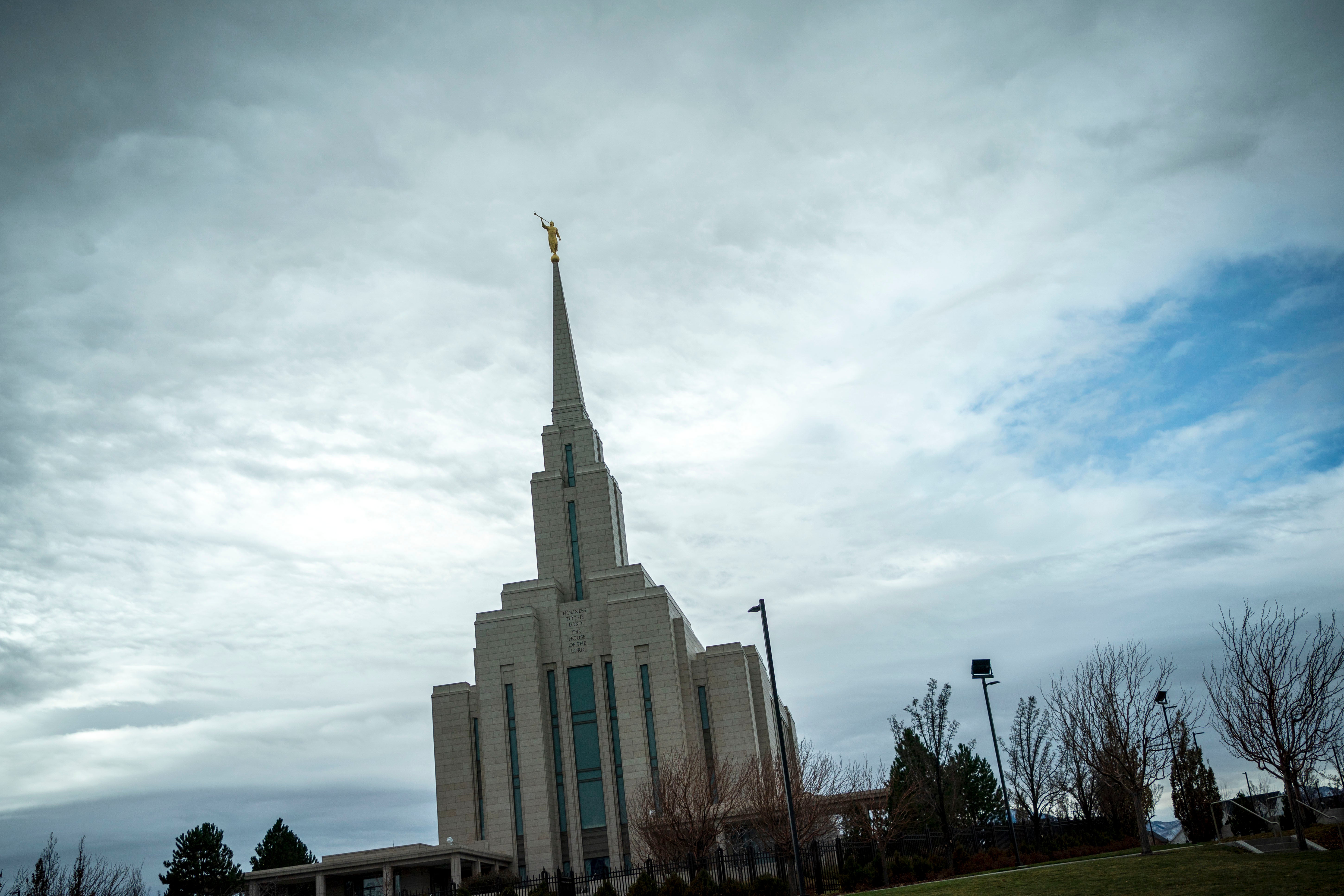The Church of Jesus Christ of Latter-Day Saints (also known as the Mormon Church – has a complex story of race relations. This article provides an honest, objective examination of the way in which people were treated by Blacks within the Mormon Church. It explains the policies implemented and how the Church changed to reject past beliefs and practices related to racism.
Blacks in Mormonism, a Historical Review
Between 1852-1978 In the years between 1851 and 1852, the Mormon Church had a policy which barred blacks from ordination to the priesthood. This was due to biblical interpretations and religious beliefs that were prevalent at the time. Blacks were not allowed be a part of certain rites or duties of the Church. This resulted in discrimination in the Mormon community. This discriminatory practice was not unique to Mormonism. It reflected the widespread prejudices based on race in American society of the time.
The Mormon Black Peoples and the 1978 Revelation
1978 marked a major turning point in the history of Mormonism. Spencer W. Kimball was the Church’s president at the time, and he received what Mormons considered to be a “divine revelation” regarding the exclusions of blacks from the priesthood. This revelation was a turning point in the Church’s policy, which had been in force for more than a century. The Church of Jesus Christ of Latter-Day Saints announced that Blacks can now become priests and participate in every aspect of Church life.

The Church today rejects any notions of racism and strives to achieve unity, welcoming everyone, regardless of race or ethnicity to the gospel of Jesus Christ. The doctrine now affirms the equality of all people and emphasizes that God loves everyone regardless of race, gender or social standing.
Joseph Smith’s Fair Treatment of Black Individuals
Despite the prejudices against racial minorities of the time the founder of Mormonism, Joseph Smith, demonstrated an exemplary level of fairness to Black individuals. Joseph Smith is known to have been the first to appoint Black people to the priesthood during his time. This practice was consistent with Smith’s stance on equality and inclusion in the Church. The subsequent leaders, however have implemented policies that barred black priests from being ordained which reflected the changing attitudes toward race towards the mid-19th century.
Racism It is something to address and advancing towards unity
In contemporary times in the present, the Church of Jesus Christ of Latter-Day Saints has taken major actions to combat the negative effects of racism, and to strive for unity within its members. The Church’s leadership has issued statements that denounce the past practices and beliefs of racial discrimination. The Church’s leadership has issued statements disavowing the past racist beliefs and practices. For more information, click Mormons Racist
The Church is actively promoting the values of love, acceptance and understanding among its diverse members, while confirming their worth and worth. It is a priority to teach members about the importance of inclusion, cultural sensitivity and the denial of the discriminatory beliefs.
Conclusion
Knowing the Church of Jesus Christ of Latter-Day Saintsand its evolution in dealing with issues of race and the past of Blacks within Mormonism is crucial to promoting the unity and equality. This unpopular policy, which impeded Blacks from ordination to the priesthood for over 100 years, is a crucial part of the Church’s history. In 1978, the revelations concerning this policy were an end of the road, signalling a commitment towards inclusivity.
The current stance of the Mormon Church rejects racism, recognizes equality, and calls for love and acceptance among all of its members. Through addressing the historical prejudices against race and taking actions in the direction of progress toward equality, the Mormon Church is moving forward in the direction of harmony and understanding.